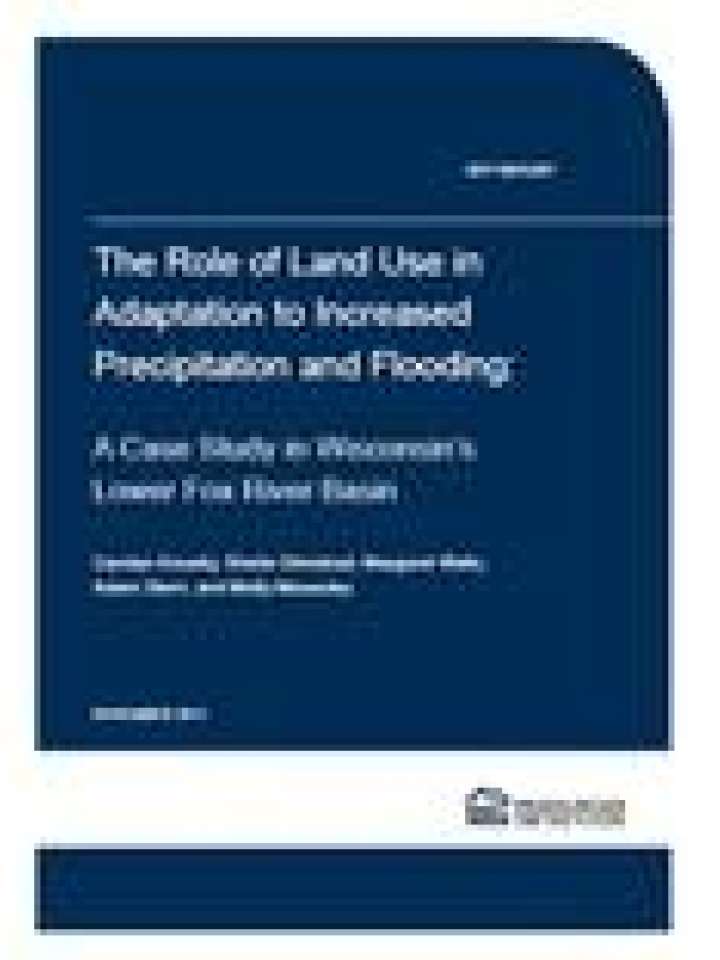Role of land use in adaptation to increased precipitation and flooding: a case study in Wisconsin’s lower fox river basin
This document provides a framework for local government planners, to determine the costs and benefits of using land-use policy to mitigate flood damage. It addresses several questions in a case study of the Lower Fox River basin in Wisconsin, such as how much land should be protected, and where? How does the community balance flood protection and the co-benefits of green infrastructure in choosing which lands to target? And how does it maximize the net benefits of the actions—the benefits of flood protection, water quality, recreation, and so forth, minus the costs of protecting the land from development? Finally, how can the local government bring about this land use change? What policies and approaches are feasible and cost-effective?
Explore further
